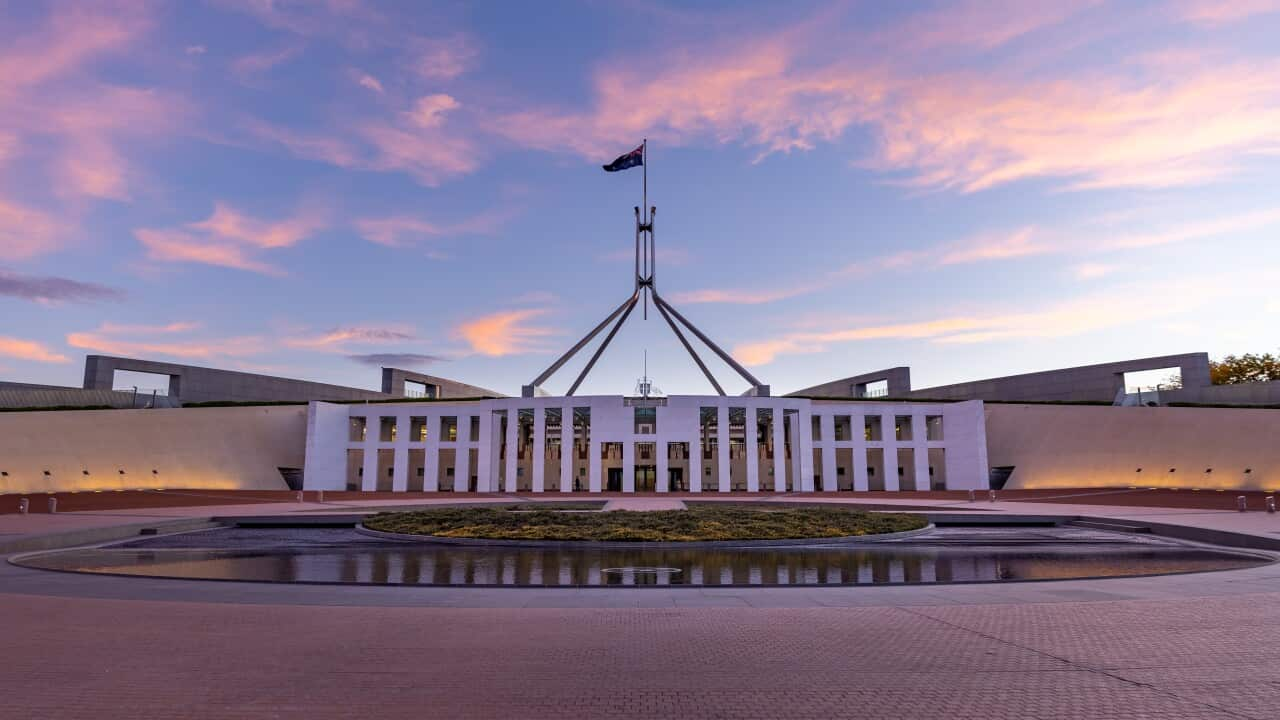As we head to cast votes in the 2025 federal election, many Australians may have some questions about how the political system works.
We'll take you through what the Australian parliament is and who the major political players in Australia are so you can understand exactly what you're voting for.
So what exactly is Australia's political system?
Australia's political system can be described as a constitutional monarchy, governed by a representative parliamentary democracy.
The monarchy part is due to Australia being a member of the British Commonwealth, meaning it doesn't have a president and — instead — the head of state of Australia is technically the United Kingdom's King Charles.

King Charles is the head of state of Australia, though he's represented by the governor-general. Credit: Aaron Chown / PA
So now the King only plays a small, mostly symbolic role through his representative, the governor-general and — in reality — Australia is ruled by three levels of government.
They are the federal parliament, the state or territory parliaments, and local municipal councils.
Each of these has different duties, but the most senior decision-making body in Australia is the federal parliament in Canberra.
Every three years, a federal election is called and Australians can vote for the candidates to represent them in parliament.
Then the party or coalition of parties who wins a majority of seats in what's called the House of Representatives forms a government and appoints a prime minister.

The government is formed in the House of Representatives by the party or coalition of parties with the support of the majority of members in the house. Source: AAP, SBS
So, what's the House of Representatives?
The federal parliament is made up of two chambers: the House of Representatives, or the lower house, and the Senate, otherwise known as the upper house.
The prime minister is drawn from the House of Representatives, and the Senate is a house of review.
In practice, for the government to pass a law, a bill must be introduced in the House of Representatives, then pass through the Senate, and finally approved by the governor-general on behalf of the Crown.

The prime minister is drawn from the House of Representatives, and the Senate is a house of review. Source: Getty / James D. Morgan
What about the political parties?
In recent history, control over the federal government has shifted back and forth from the centre-left party, Labor, to the centre-right Liberal-National Coalition.
Aside from the major parties though, the support for independent politicians and minor parties has risen steadily over the past 40 years, according to The Australia Institute.
These minor parties include the left-wing Greens which has four MPs and 11 senators in federal parliament, and the right-wing One Nation Party which has two senators.
They sit on what's called the crossbench, positioned between both parties in the House of Representatives and the Senate, playing an important role in drafting and debating legislation.
So, do voters get to choose the MPs and senators?
At this election, Australians will be electing all 150 members of the House of Representatives as well as 40 out of 76 members of the Senate.
Members of the House of Representatives, otherwise known as MPs, have three-year terms in office and represent local electorates all over Australia.
Kath Gleeson, deputy electoral commissioner at the Australian Electoral Commission (AEC), said: "An electorate is a geographical area and is represented by one member of parliament. Now, all those areas, geographical areas, are different sizes because each electorate has roughly the same number of electors inside it, so one member of parliament represents one electorate."
And with the Senate, it's a little different.
Each state has 12 senators, regardless of population size, while the Northern Territory and the ACT each have two senators.
Senators typically have six-year terms, but they are staggered so that roughly half of the Senate is up for election in each voting cycle.
If you haven't already, start making plans for how you'll cast your vote in the upcoming election. If you have any more questions about voting, you can head to

